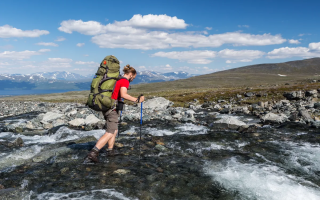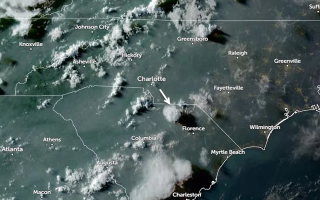Leave No Trace is not merely a set of guidelines, but an outdoor ethic and philosophy. Its core lies in respect and conservation, aiming through our modest efforts to ensure future visitors enjoy nature as pristine as we did.
Detailed Explanation of the Seven Principles
1.Thorough Planning and Preparation Beforehand
Understand destination regulations, plan small group trips, repackage food to minimise waste. Adequate preparation fundamentally reduces environmental impact.
2.Walk and Camp on Tolerant Surfaces
Walking: Always use established paths, even if muddy. Detours worsen soil erosion.
Camping: Pitch tents at developed sites, on rock, dry grassland, or snow. Avoid fragile vegetation.
3.Proper Waste Management
Carry in, carry out! This includes all food packaging, peelings, and pits (which decompose slowly and are alien to local ecosystems).
Campsite Inspection: Before departing, conduct a “final lap” to collect all minute litter.
4.Preserve Natural Features
Do not pick flowers, move rocks, or carve trees. When encountering cultural or historical sites, photograph but do not touch.
Return rocks, sticks, and other items to their original positions.
5.Minimise Impact of Wildfires
Prefer stoves: Use camping stoves for cooking, as they cause minimal environmental impact.
Fire-making (where permitted): Use existing fire pits, collect only fallen deadwood from the ground, burn wood completely to ash, and ensure it is fully extinguished.
6.Respect wildlife
Observe from a distance; do not pursue or feed animals. Feeding harms their health and alters natural behaviour.
Store food and rubbish securely to prevent animal access.
7.Consider fellow users
Respect fellow walkers and preserve natural tranquillity. Yield to other users and rest away from trails.
Advanced practice: waste disposal
Cathole method:
Select a location at least 60 metres from water sources, campsites, and trails.
Dig a cathole 15-20 centimetres deep and 10-15 centimetres wide using a trowel.
After use, bury toilet paper (preferably biodegradable or unscented) with waste and restore the site.
Packing Out: In high-altitude, desert, or extremely fragile environments, pack faeces into specialised bags and carry them out.
Practising Leave No Trace is our way of repaying nature’s bounty. Each of us is a guardian of the natural world; through our actions, we ensure this beauty endures for generations to come.



